The Ultimate Guide to Fuel and Octane Ratings
Still uncertain about which octane fuel is right for your car? Think you’re benefiting by tipping in premium? Do you even know what octane ratings mean? Warning: facts are imminent.
Download the PODCAST for this report
10 Myths Busted
1. Use the right fuel:
Never use a fuel with an octane rating lower than the carmaker recommends. That’s a great way to damage your engine. Going higher than the minimum octane the manufacturer recommends is quite OK. But it will cost you more money.
2. Octane rating and energy content:
Octane rating has nothing to do with a particular fuel having more or less energy, intrinsically. Ethanol blended fuels pump up the octane rating, but they actually have less energy than low-octane gasoline. The two properties are (mostly) unrelated.
3. Other common misconceptions:
Octane has nothing to do with the speed of combustion, or the heat of combustion. These are two things that scientifically illiterate halfwits claim all the time. Simply not true.
4. Knock:
Octane rating is all about knock resistance. It’s about burning in a controlled way under pressure, while hot.
High octane fuels simply resist autoignition better than low octane fuels. Autoignition - which is the fuel burning thanks to the heat and compression in the chamber - before the spark plug fires - causes knock. Which destroys engines at high rpm and big throttle inputs. That’s bad. (Too much ignition advance also causes knock.)
5. Octane and compression:
If an engine is optimised for high octane fuel the designers can increase compression and add ignition advance, because the fuel is more resistant to autoignition. And it’s these two things that lead to a peak power increase for engines optimised for high octane fuel.
6. Using premium unnecessarily
If you use high octane fuel in an engine designed for low octane fuel, the engine will adapt up, slightly. The knock sensor will allow a small increase in ignition advance and there will be a slight increase in power. Slight.
Certainly this adaptation will not produce as much additional economy/power as there would be if they increased the compression ratio and optimised for premium.
7. Number seven: Economic rationalism
Here in Australia, it’s almost never economically rational to use premium fuel in a car designed for regular. The extra cost of the premium fuel is, in practice, never offset by the slight increase in economy. You’re just blowing money out the exhaust pipe unnecessarily.
8. Marketing premium to the masses
Point number seven is of course fuel manufacturers talking up the alleged ancillary benefits of premium - such as the spurious claim that premium will also keep your engine ‘clean’. And if you believe that, I’ll sell you the Sydney Harbour Bridge. (Hit me up on the website for that...)
It’s such bullshit. They’re not promoting premium because it’s a benefit to you - they’re promoting it because it’s a benefit to them.
9. Overseas octane ratings are different
If you’re reading owner’s manuals from overseas, bear in mind that octane ratings are not constant around the world. Here in Australia, we use ‘research octane number’ or RON. Same standard as most of Europe. Note: most of Europe.
But in the United States and Canada (ie North America) they use the Anti-Knock Index, which is the numeric average of the RON and another octane measurement standard called the Motor Octane Number (MON).
Essentially, for any given fuel, RON is about four points higher than the Anti-Knock Index. So 91 here - our entry-level cat’s piss petrol - is about the same as 87 gasoline in the USA and Canada.
And if you’re wondering why so many Euro cars demand 95 here in Australia, it’s because 95 is the default, entry-level cat’s piss in Europe. They don’t do 91.
10. The full techo explanation
Time to go 100 per cent propeller-head: Octane rating is an index of the knock resistance of a particular fuel compared to a laboratory standard kind of fuel called iso-octane. Which is actually 2,2,4 tri-methyl pentane - for those of you who remained awake for carbon chemistry in high school.
Iso-octane has an octane rating of 100, and another chemical - n-heptane has a rating of zero. There’s your measurement scale.
So, essentially, 91 RON unleaded has 91 per cent of the knock resistance of iso-octane when you run the test in a special experimentally controlled engine with a variable compression ratio, against a standard set of test protocols that is basically a miracle cure for insomnia.
(What I’m saying is if you make up a litre of fuel from 910 millilitres of iso-octane and 90 millilitres of n-heptane, it’ll perform the same as 91 RON petrol from the pump, etc.)
The engine runs at 600rpm for the RON test and 900rpm for the MON test and the difference between the two values is an index of what petrochemical propeller-heads call the fuel’s sensitivity.
It’s certainly possible to have octane ratings greater than 100, too. E85 is about 102, straight ethanol or methanol - both about 109, propane and butane (think: LPG) both about 112. Methane - that’s natural gas - is about 120. Toluene - a fairly evil octane boosting additive - is about 121. And hydrogen gas is more than 130.
Should you run premium fuel in your car?
No, not necessarily.
Premium petrol claims are almost entirely bullshit, and the bits that aren’t bullshit are almost entirely over-blown marketing hyperbole. If you need high-octane fuel, you need it and the carmaker will tell you explicitly, either on the fuel cap, the fuel flap and/or inside the owner’s manual. Otherwise, it’s just a waste of money
Unless, of course, the manufacturer specifically requires you to use a minimum octane rating, such as 95 or 98, as in the case of many performance cars, or for brands like Toyota or Volkswagen which can’t be arsed spending the money to de-tune some of their engines to accept our 91 RON cat urine. Take the current Golf and C-HR which are required to run 95 RON as a minimum.
Toyota doesn’t actually state the required RON fuel in the advertising brochure (see right), only in the specifications table, which is not exactly in the name of outright transparency.
Most C-HR buyers are not going to look at the specifications chart because they don’t care how many cylinders it has or what the compression ratio is.
The Golf, likewise, specifies a 95 RON minimum fuel for the base model Golf, with a compression ratio of 10:1.
Whereas a mainstream competitor like the Mazda 3, Hyundai i30 N-Line or Kia Cerato GT, all run similar compression ratios, but only require 91 RON (or E10, which we’ll get to shortly).
Whenever buying a new car, it’s crucial not to get trapped by this often-unchecked technicality because it’ll simply cost you more for no vestigial benefit.
PREMIUM: “RECOMMENDED”, NOT REQUIRED
Do you actually get any benefits from running premium fuel even if your regular family SUV or passenger car says you only need to use 91? Can you still use premium and derive some tangible benefit?
How much better for your equipment, down there, is the routine use of 98 or 95 RON fuel? What actual good does it do?
Engineering for dummies
A really high compression ratio is totally a good thing, most of the time.
Expansion over a greater range during the power stroke means more performance and greater efficiency. I love it already. Sign me up.
But there’s a problem. Fuel/air mixtures are not infinitely tolerant of (increased) compression. At some point the mixture starts to burn spontaneously, too early. This is called engine knock or pinging.
This knock or pinging is the disruption of the delightfully synchronous ballet of sucking, squeezing, banging and blowing - it’s upset by virtue of early blowing, which, at high revs and big throttle inputs can destroy your engine. So the designers try to avoid that, sometimes by using a high octane fuel.
At its core, octane rating is simply a scale that defines a fuel’s tolerance for compression. The higher the rating, the more tolerant of high compression.
High octane fuels don’t burn hotter. That crap is up there with ‘we faked the moon landing’. It’s knock resistance - end of story.
That ballet choreography is so important because an engine at 6000rpm is doing the ‘suck-squeeze-bang-blow’ sequence 50 times a second, per cylinder. And the precise timing of the spark is critical. The spark has to occur at exactly the right time in relation to the movement of the piston.
Basically the spark needs to occur early enough to give the flame front sufficient breathing space so that pressure can build up and generate a deliciously satisfying and effective blow. A critical thrust just as the piston kicks over top dead centre.
This ballet happens right down in the millisecond domain. It’s impossible to conceive of the timing without being a mechanical Jedi and using the Force. And the dark side is always calling your engine, inviting it to knock.
This is of course why modern engines have knock sensors, little acoustic microphones that listen for engine knock. It’s all they do. Most boring job ever. A modern engine manages its ignition timing in a feedback loop where the engine keeps advancing the ignition timing until the knock sensor detects incipient knock, and then it backs off a bit. Amazing.
So your engine might be doing a particular job on 91 RON fuel - punting you down the freeway at 100 kays an hour, or something. If you magically swapped it to 98, and keep everything the same, the same throttle position, same road, same everything - you’d look down and see the speedo on 105 or thereabouts.
This is because the engine listens for knock and advances the timing. High octane allows slightly more advance, and that delivers slightly more performance. Hence, 105. (Footnote for the tech-savvy: high octane fuel is also a little more dense, and this also contributes slightly to the result because you have more energy within that denser fuel.)
Alternatively, you could close the throttle slightly and cruise at 100 again. In other words, there’s a slight increase in fuel economy when you switch to a higher octane fuel. Very slight.
If you’re running a million-dollar motorsport outfit, high octane fuel makes perfect sense. You’ll get vestigially more peak power.
But for average driving, this ‘more power’ presumption is nuts. A ridiculous way to look at fuel. This is because in average driving, you don’t need an engine capable of delivering more power. If you want more power than you’re making now, just open the throttle a little bit more.
It’s difficult to exploit peak power in ordinary driving. You will certainly get better fuel economy on premium, but driving will be more expensive per kilometre because of the additional cost of the fuel.
So, for most car owners premium gasoline a nice idea that simply doesn’t add up.
WHAT HAPPENS WHEN IT GOES WRONG?
Now you know about octane rating and engine knocking or pinging.
You might even be able to explain it to someone.
But what happens if you do use the wrong fuel octane rating? Let’s talk about that…
So you’ve pulled up at the bowser, opened the filler flap, unscrewed the fuel cap and heard the little hiss of depressurisation, you’ve grabbed the fuel bowser nozzle, shoved it down the tank inlet gullet and squeezed the trigger hard.
The forecourt attendant inside pushes the button which allows the pump to operate, and you feel the rumble as liquid hydrocarbons rush form the underground tank up the rubber hose and lovingly fill your fine conveyance until the numbers stop ticking and the pump auto-shuts off.
Without realising, you waltz through the door, ignore the 2-for-1 Kit-Kat offer, tap your card and turn the key to resume your life with more mobility than any Roman Emperor or medieval French king could even imagine.
Here’s what you’ve just done... (And it’s easy to do, if you’re not paying attention, but that discussion is for another day).
Nobody’s going to be doing handsprings about a 2.0-litre Toyota Corolla four-cylinder petrol engine. But try to fathom how fast the revolutions are in that engine at 6000RPM. Every time you blink, for a tenth of a second, that’s 10 revolutions in that bog-standard shitbox Corolla. 6000RPM is brain-bending fast and my own cognitive capability has trouble comprehending how fast that is. 6000RPM is 100 revolutions per second. 1 blink of an eye is 10 revs.
So in a four-cylinder, every two revolutions you’re completing that suck-squeeze-bang-blow twice (every 10 milliseconds). Because a tenth of a second is 10 milliseconds, right? Five milliseconds for suck-squeeze, and another five milliseconds for bang-blow.
5ms Suck: Air and fuel mixture in
5ms Squeeze: Compress air/fuel mixture
= 10 milliseconds
5ms Bang: Ignition of air/fuel mixture + power stroke
5ms Blow: Exhaust gas exits
= 20 Milliseconds / 2 revolutions / 1 cycle complete
This all happens preposterously fast. The sheer mechanics of how fast it happens is insane.
Even at 3000RPM, one cycle takes four blinks of an eye. How engines don’t blow up every time, is a miracle.
And there’s an incredible degree of accuracy built into this cycle as well. The spark plug must fire at exactly the right millisecond relative to the position of the crankshaft, the valves need to open and close at precisely the correct moment in order for any sucking, squeezing or blowing to occur.
Before we go any further, just for quick disambiguation here: there are two kinds of explosions. There’s detonation and deflagration, and the difference is the speed of the flame front.
Detonation creates a supersonic shock wave which is what does the damage when, say, a nuclear weapon goes off.
Deflagration creates a sub-sonic flame front, like when you dump a heap of fuel on a bonfire and throw a lit match. Or as Michael Bay depicts explosions in his movies. Deflagration is burning, detonation is exploding.
So, in this intense, mind-blowing process, things can go wrong. Knock is particularly bad for an engine at high speed (high RPM, that is) during big throttle inputs. You can destroy your engine, burning valves, melting pistons - none of it is good. Knocking is combustion at the wrong time.
In a petrol engine, the spark plug is supposed to be the initiator of the combustion process, so it’s really bad when the combustion kicks off on its own, meaning the pressure and temperature inside the chamber is hot enough to make it burn in an uncontrolled way.
The flame front from the unscripted combustion hits the flame front from the normal scripted combustion, causing a bigger shock wave, the temperature inside the cylinder rises dramatically before the piston and crankshaft are in the correct positions (at top dead-centre). That’s really bad. Avoid knock at all costs.
The simplest way to create knock is using a fuel with a lower RON rating than recommended.
If you open the fuel flap and it says words to the effect of ‘Use premium unleaded only’, which is industry speak for 95 RON or above, if you put 91 in that vehicle, and you give it repeated bit throttle inputs, you’re going to destroy that engine.
Setting examples
Here’s a scenario from you, collectively out-there in the populous, of potential knocking.
I drive a 2008 Mazda CX-9 3.7 V6 with 250,000 country-kms. It still runs and drives well (serviced regularly). I’ve started noticing engine knock when the engine is cold, running on 91 octane. Initially I thought the engine was starting to die but other owners suggested running the car on higher octane fuel, so I tried e10 (94 RON).
So far, I have not noticed any engine knock. Also, I noted a slight increase in fuel range of about 10% on a full tank which I thought is a bit odd considering e10 would have less energy density.”
-ibd1977
Firstly, generally, to anybody thinking they hear engine knocking, especially when it’s a cold engine with big kms, rule out that it’s not something else like:
additional bearing clearance due to mechanical wear and tear (like in the rods)
there might be extra clearance in the valvetrain
carbon deposits in the combustion chamber (which can hit together when cold)
warn bearings or faulty tensioners on the auxiliary drive belt can also sound like knocking
If, in ‘normal operating’ circumstances on 91 you’ve experienced this presumed sound and you do put in e10 or 95 - and the knocking sound goes away - it could well have been knocking. You don’t need to worry about that anymore and you know to keep using 95.
But also, keep in mind, no matter how lazy those 250,000kms have been, you’ve still done six laps of the planet in that vehicle and the engine has been turning and burning rather a lot. So, you’ve gotta expect it to start making minor, consistent, noises. Most noises engines make as a result of building up high kms are inconsequential.
What you need to do is keep track of the normal sounds of the engine and anything that gets dramatically worse in a short space of time needs immediate investigation if you want it to live as long as possible.
A V6 with 250 thousand clicks has had a long life and is living on borrowed time because nothing lives forever - and I blame the second law of thermodynamics for that.
FOOL’S GOLD: E10 vs 91
If the driving conditions are measurably identical, you will not save fuel switching from 91 to e10 because there’s about 30 per cent less energy density in pure ethanol versus gasoline. So even if you blend it at 10 per cent ethanol to gasoline, you’re going to still get a three per cent reduction in available energy. The range is therefore going to shrink by about that much.
You might find there’s a dodgy trip computer reading or a change in driving style or conditions, or some other factor giving you a false or misleading reading on fuel saving there.
CAUSING RON-FUSION
With the proliferation of online information about vehicles built and marketed overseas, where fuel knock ratings differ to Australia, it’s important not to confuse RON with the Anti-Knock Index.
Anti-Knock Index, one of the rating systems for fuel in the United States, is the numeric average between RON and what’s called Motor Octane Number (MON), which is the number seen rating fuel octane in the US.
MON is done similar to the RON test aforementioned, but using -preheated fuel samples and the test engine runs at 600 RPM. MON is usually 8-12 points lower and RON.
So if you pump in Shell V-Power 98 RON, it will convert to about 90 MON, which averages out to about 94 on the Anti-Knock Index. This is potentially a major problem.
If you’re searching for your fuel spec online and you don’t realise the difference here, you can conflate an AKI number for the US and presume it’s a RON rating and accidentally pump in an octane rating lower than recommended.
You could see 91 (Anti-Knock Index) on a US website, and think it’s 91 RON for Australia, but that Anti-Knock number is actually stipulating about 95 RON, which would be our base premium grade fuel here.
Do not rely on overseas information. Always use local Australian-based fuel octane data from the locally based manufacturer, wherever possible.





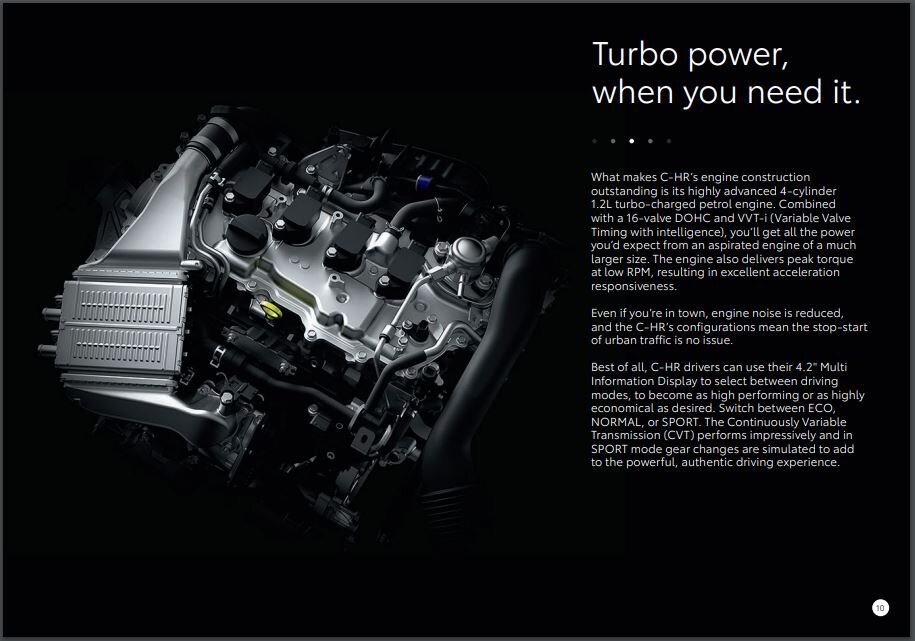

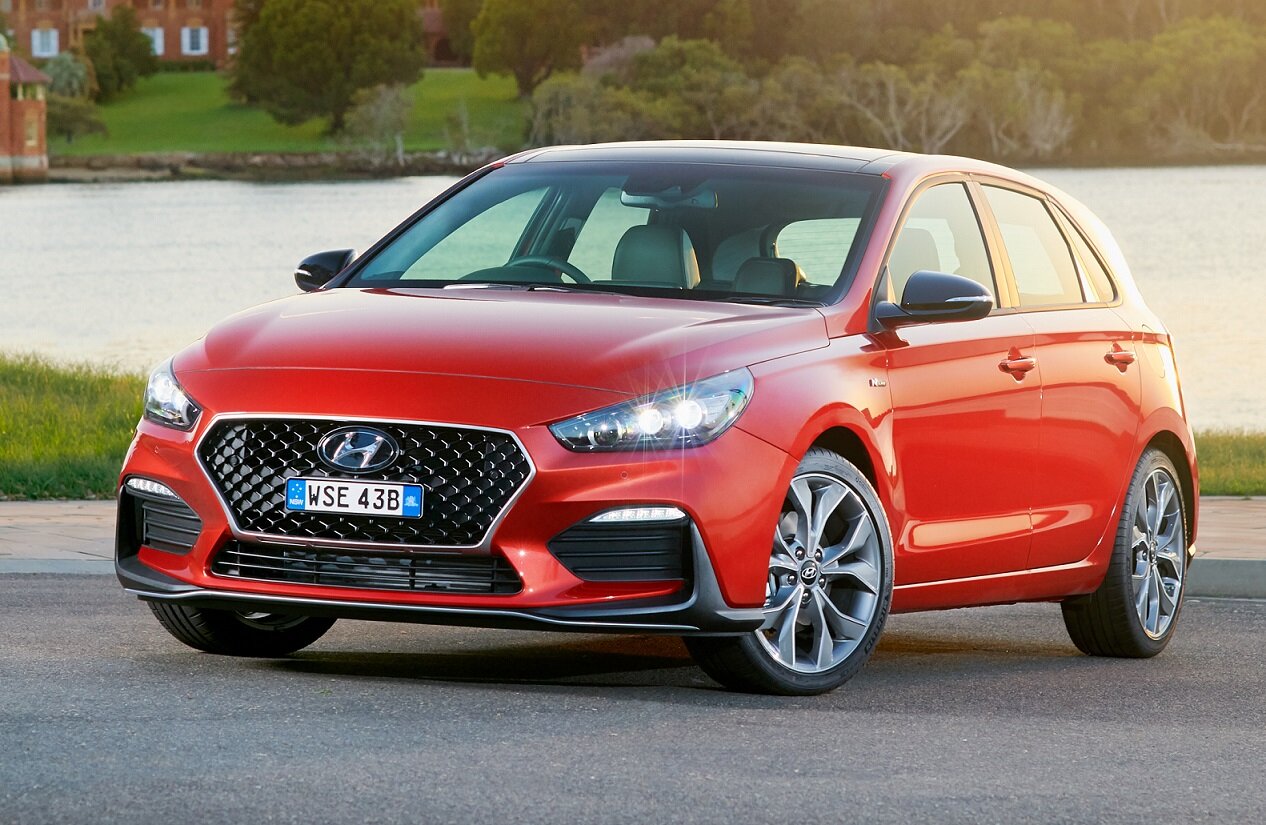
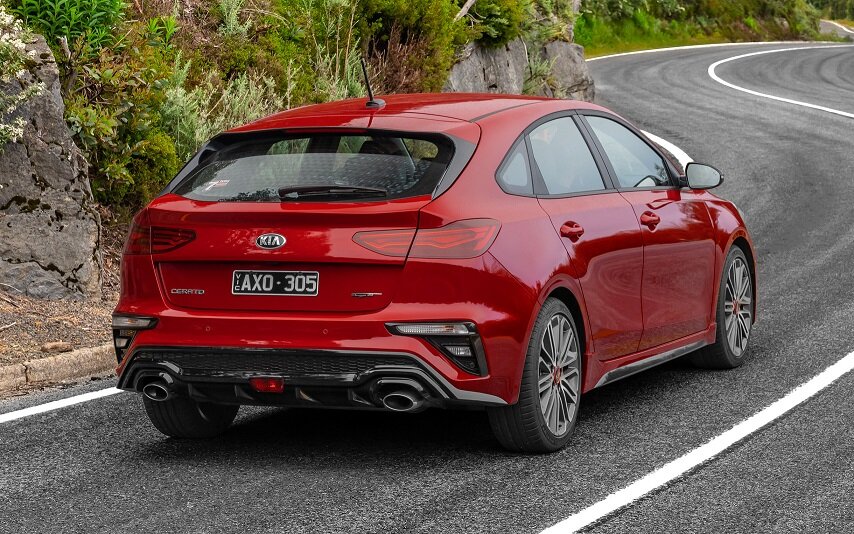

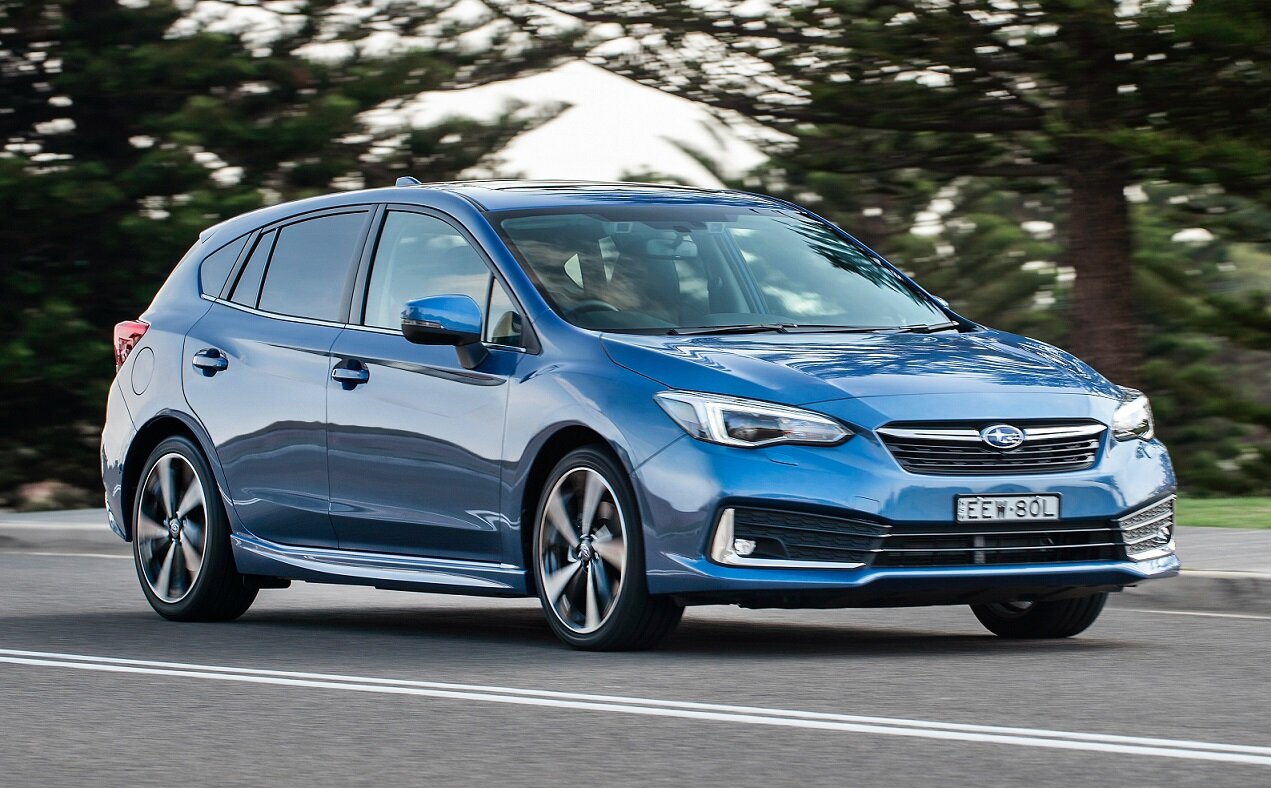

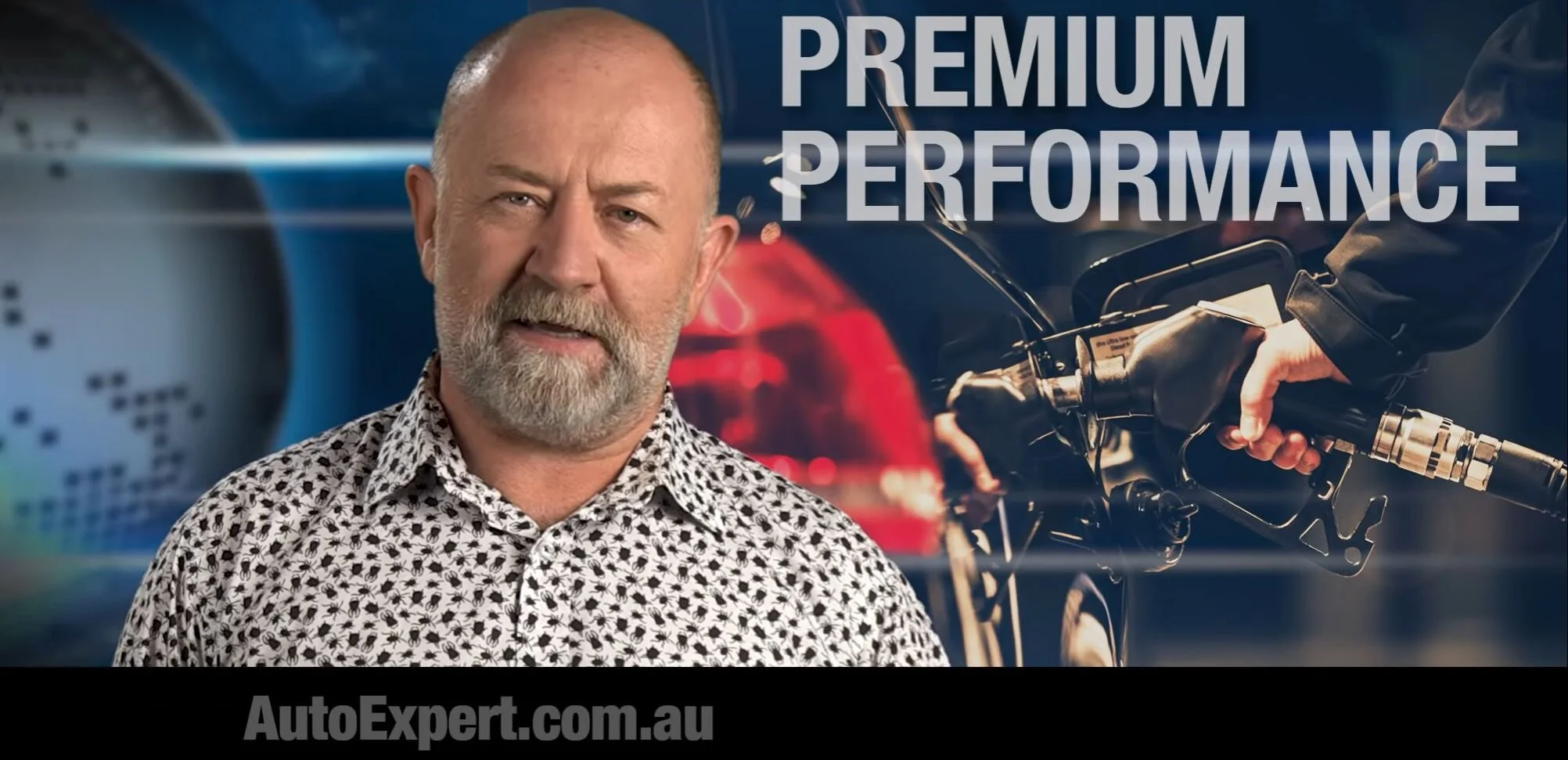

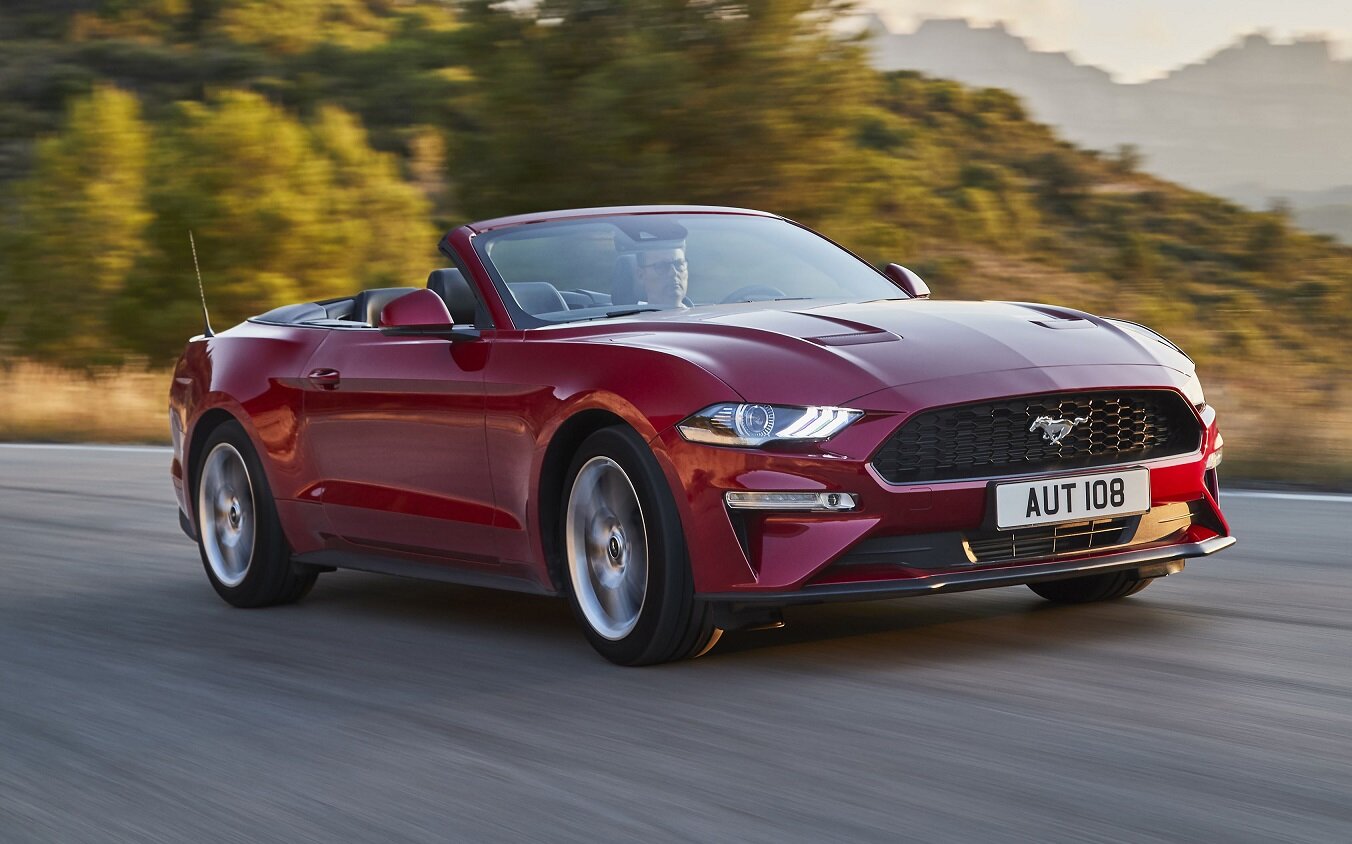
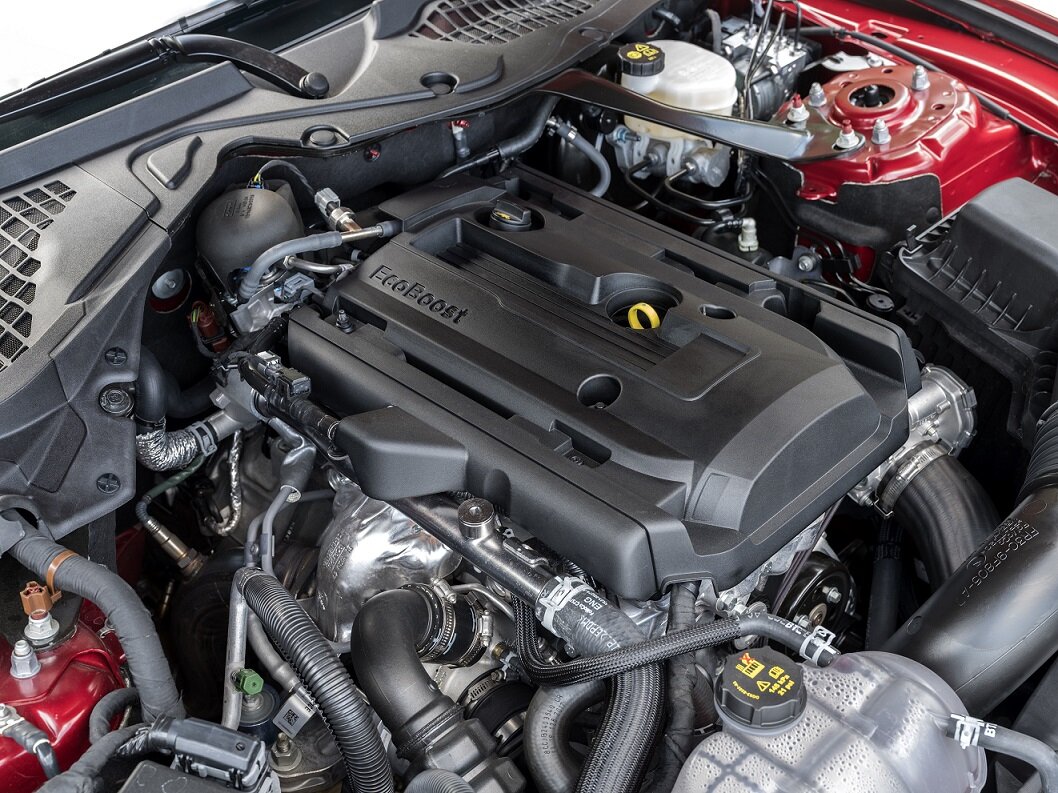




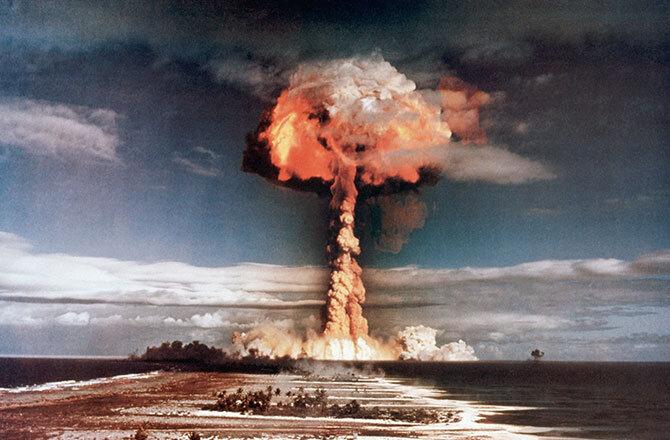



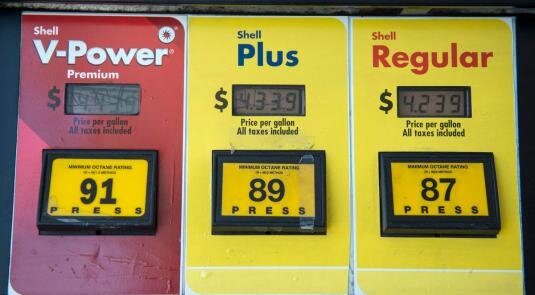











The Australian ute market is a crowded place in 2026 and the MG U9 adds to the burden of choice available to you. Let’s see what the U9 gets right and where it still needs work, against rivals like Ranger, Hilux and Triton.